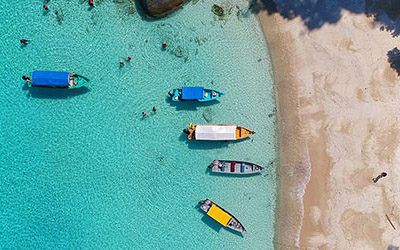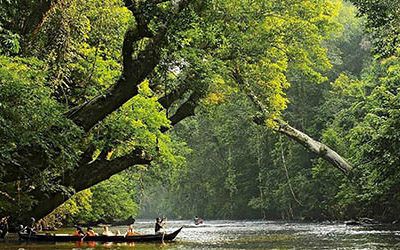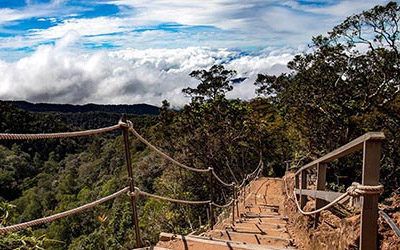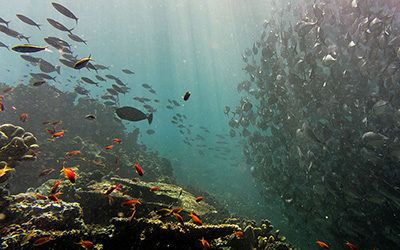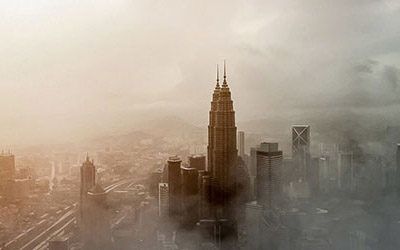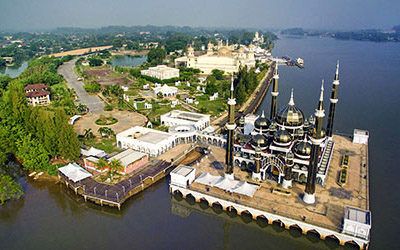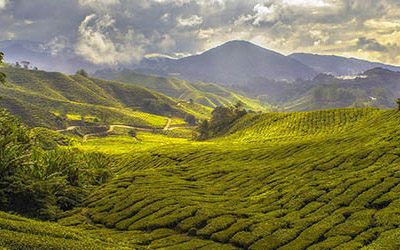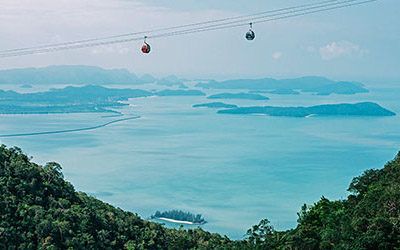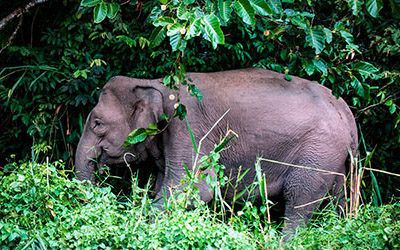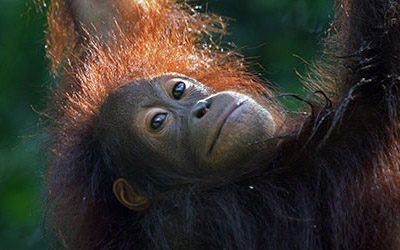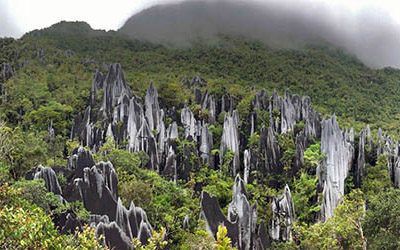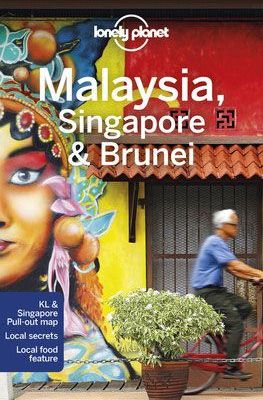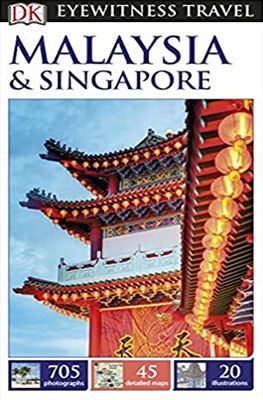Malaysia
Malaysia in a nutshell
The favourable location of Malaya (as Malaysia used to be called) between the west and east has largely determined the history of the country. This location attracted many Indian, Arab and Chinese traders since the beginning of the 15th century. The Arabs and Islamic Indians later introduced Islam into the country. When the son and successor of King Parameswara also converted to this religion, the Malaysia of that time was transformed into a sultanate, which eventually led to the rapid advance of Islam in the region.
In the following centuries the country was first occupied by the Portuguese, followed by the Dutch and the British. At the beginning of the 19th century, the region was, as it were ‘redistributed’: the British kept Malaysia, the Dutch kept neighbouring Indonesia. Only in 1957, after the Japanese occupation during the Second World War, did the country become independent. A few years later Singapore, Sabah and Sarawak were added to Malaysia on what is currently Malaysian Borneo. In 1965, however, Singapore split away.
Thanks to the history mentioned above, Malaysia has several Asian cultures. In addition to Malaysians, quite a lot of Indians and especially many Chinese live there. This diversity is also reflected in Malaysian cuisine.
The current, tropical Malaysia roughly consists of two large parts that are separated by the South China Sea. In the west you have the peninsula of Malaysia (also called Malaya or Western Malaysia) that borders Thailand in the north and Singapore in the south. More than 85% of the population lives here. In the east you have Malaysian Borneo which consists of Sabah, Sarawak and Labuan. This part of the country borders Indonesia in the south. Brunei is enclosed in the northwest. Actually, the eastern part is a separate country; both the climate, nature and culture are different from those in the west.
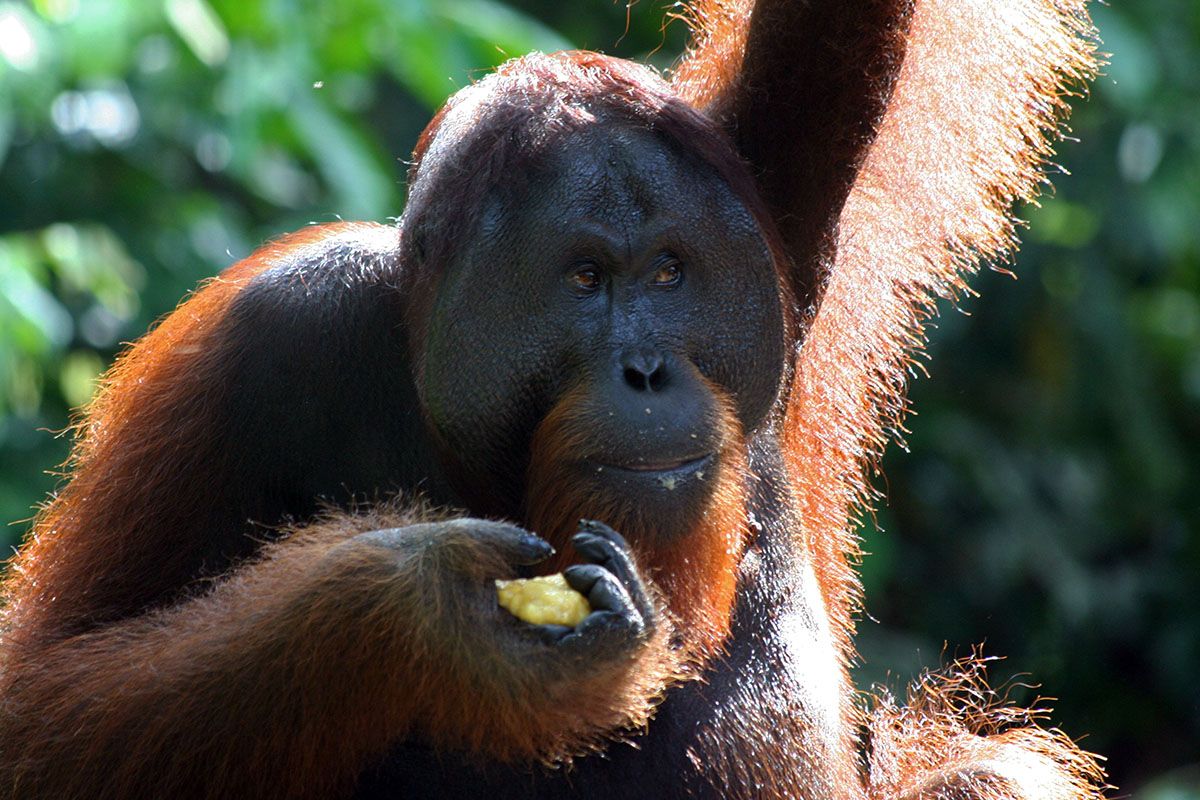
The peninsula of Malaysia
The peninsula has a lot to offer world travellers. On the east coast, which is also seen by many as the heart of Malaysian culture, you see significantly fewer tourists than in the west of the peninsula. In between, it is particularly mountainous. The southwest is a perfect introduction to the wonders of Malaysian nature. What’s more, for a cultural experience, you will find something to your liking in this part of the peninsula. You will also find the lively city of Kuala Lumpur. The south offers tourist attractions such as Melaka and Tioman Island.
In the northwest you will find various islands, historic villages, national parks and traditional Malaysian city centres. Although this is the most touristic area of the peninsula, it is still significantly quieter than the nearby, southern part of Thailand. The north is also known for the islands of Penang, the ‘Pearl of the Orient’, and Langkawi. Penang’s main attraction is the capital of the island, Georgetown. This city has been on the UNESCO list since 2008 because of its unique architecture and cultural cityscape.
In the east you will find a lot of jungle and beautiful beaches on, for example, the famous Perhentian Islands. The region of Terengganu is significantly more traditional than most other regions on the peninsula. The population here lives primarily from agriculture and fishing. For the traveller who loves peacefulness and quiet, this region is therefore to be recommended. Apart from that, the region is also the gateway to the aforementioned Perhentian islands and other bounty islands. Another highlight of the region is Taman Negara, the oldest and largest national park in Malaysia where you will find one of the oldest rainforests in the world.
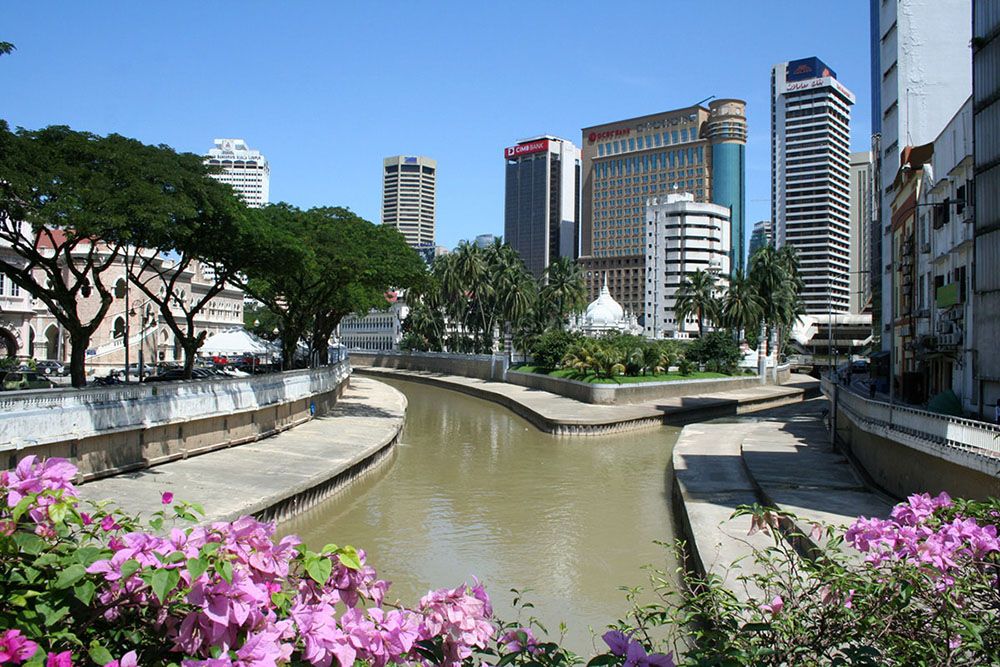
Malaysian Borneo
Borneo is the second largest island in the world after Greenland and New Guinea. Most of the island falls under Indonesia (Kalimantan) and a small part is occupied by Brunei. The rest falls under Malaysia and is also called East Malaysia. The area is especially known among adventurous travellers who are not afraid of a long hike through tropical jungle. For a long time, the island was inhospitable and difficult to reach, nowadays there are many daily flights and more than enough accommodation. The challenge now is more to choose from the many highlights that the island has to offer travellers over 50.
From the air, it all looks very green as if the island consists of nothing but jungle, however deceives appearances can be deceiving. Unfortunately, a lot of primeval forest is cut down and often replaced by oil palms. Apart from this there is also the threat of the illegal trade of wild animals. Not at all good developments but the island definitely remains worth a visit. A month is not even too long.
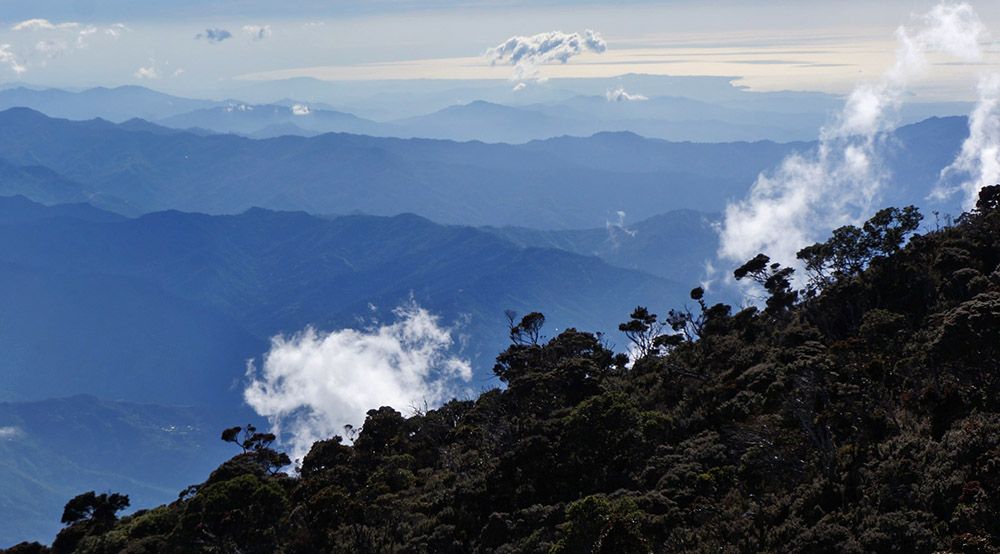
The most important highlights are the Kinabalu Park, with the ascent of Mount Kinabalu as an active highlight, the Sepilok Orangutan Sanctuary to see the orangutans, also the area around Sipadan for diving. But the island has more to offer than that. You have many rainforests and (protected) national parks. One of them is the Gunung Mulu National Park, Sarawak’s largest national park. In this karst landscape there are many caves. The park has been a world heritage site since 2000. If you are in Sarawak anyway, then definitely visit the super nice city of Kuching! Another way to experience the rainforest is by taking a boat trip on the Kinabatangan River. With some luck you will get to see pygmy elephants. Because of the woodcut and the hunt, only 1500 of these elephants are still alive.
Apart from jungles, the many beautiful, small islands are a highlight of Eastern Malaysia. Think for example of Lankayan, Derawan, Tiga, Layang and Gaya. If possible, visit the island of Selingan during a day trip where you can see hawksbill turtles laying eggs on the beach.
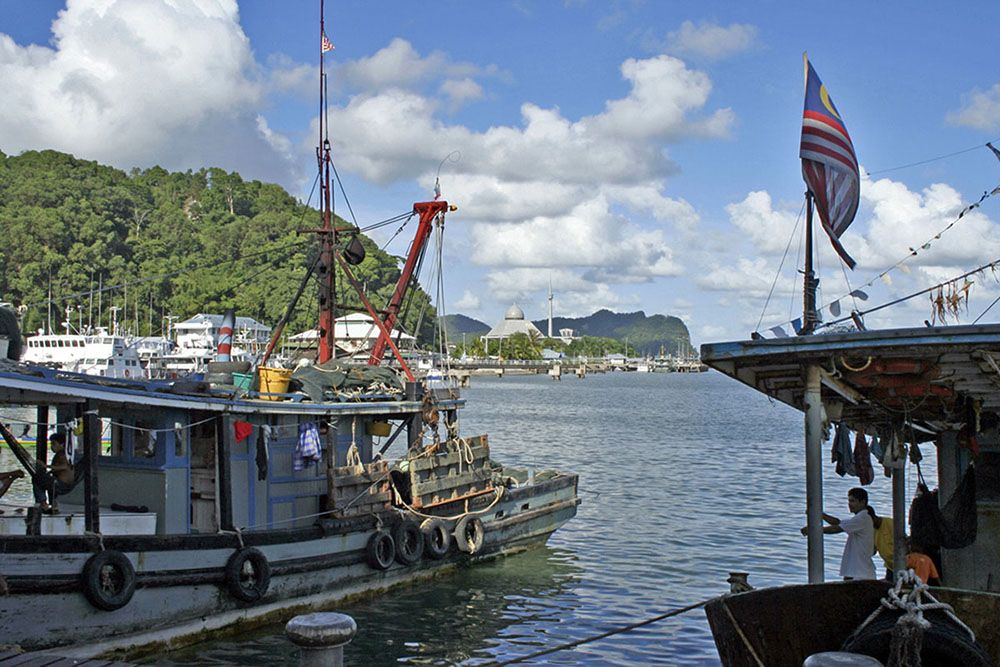
Accommodation
In Malaysia you have many different options for spending the night. From luxury stays in big cities to humble homestays in small villages. In this country you will find hotels of the big hotel chains, graceful old colonial hotels, hostels, small or stately boutique hotels, cheap hostels for backpackers, eco-resorts (especially in Malaysian Borneo), longhouses, etc. Preferably we usually go for a hostel. Apart from the lower price you pay for a room, you also get to know some people. A hostel often has a common room where not only the young but also the slightly older travellers sit together in the evening to read or exchange travel experiences for example.
One of the best ways to experience the rainforest of Malaysian Borneo is to stay in an ecolodge. For instance, in the Sukau Rainforest Lodge in the north of Borneo. In the east of Malaysian Borneo, we stayed in eco-resorts where, despite our travel budget not being that big we treated ourselves to comfort and an incredibly beautiful environment. We stayed in the Sipadan Kapalai Resort when we went diving for several days at the famous Sipadan, and in the Sepilok Nature Resort for the orangutans. Certainly not cheap but so pleasant if you have been travelling for a long time you’re your backpack and are ready for some luxury and comfort.
A few more tips
- Before your trip, find out whether your visit to Malaysia coincides with the holiday period or other festivities of the Muslim, Buddhist or Hindi population. Rates are significantly higher and availability is lower.
- In some tourist areas, you will be harassed by hunters who want to convince you that the hostel or hotel you are looking for, no longer exists or is very bad. They know how to offer you “better alternatives”. Brush them off politely and make your own plan.
- As mentioned on the Security page, some hotels will ask for your passport at the reception desk, which they will then want to keep hold of. Instead, give them a copy of your passport with the BSN and other privacy-sensitive information blacked out.
- The most basic hotel room is called “superior” in most hotels.
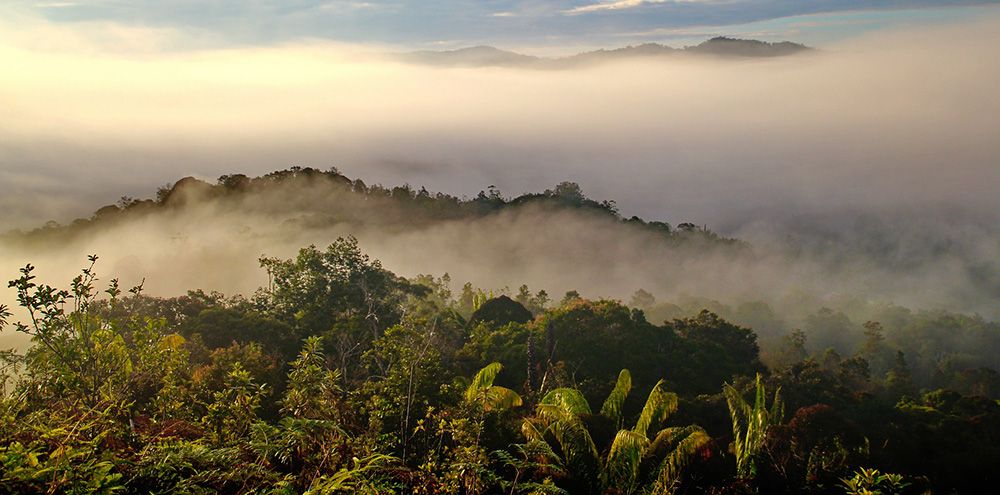
Travel advice for Malaysia
Although we (family who agreed to this in July 2018) had a lot of fun travelling around without feeling unsafe, the east coast of Malaysian Borneo in particular is a safety risk. Currently our government is giving negative travel advice for the region around the city of Semporna and the islands to the south and east of it. One of those islands is unfortunately Sipadan, in our eyes one of the highlights of Malaysia. Read the current travel advice for Malaysia here.
Healthcare
Throughout the country there are diseases transmitted by mosquitoes such as zika, chikungunya and dengue. But also, malaria. Therefore, protect yourself from mosquito bites both during the day and in the evening with body-covering clothing and the use of a good insect repellent with DEET. The advice is to take malaria prevention tablets and an emergency cure in case you catch malaria. The type of remedy is personal. Therefore, get timely advice from an expert in this field.
Malaysia also has an increased risk of tuberculosis. Discuss with your travel nurse which vaccinations are needed. They will also inform you about any other diseases you need to protect yourself from when visiting Malaysia.
More information about which vaccinations are compulsory or recommended can be found on the website of CDC.
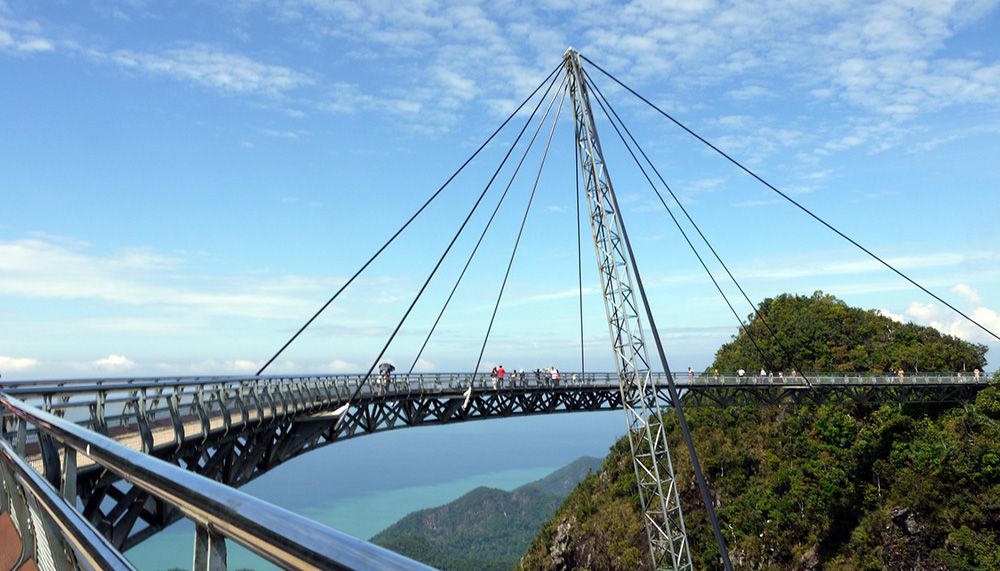
Best time to visit Malaysia
The best travel time for Malaysia depends on where you want to go. Generally, the best months are from March to October. Most rain falls from November to February. To head that direction just after the rainy season is probably best as you have beautiful green landscape with fantastic waterfalls. Malaysian Borneo is best visited in our summertime, although this also varies slightly per region. Our winter months of January and February have the best weather for the peninsula, although the summer months are also nice.
Visa for Malaysia
You do not need a visa for Malaysia if you stay there for a maximum of 90 days. However, you must be in possession of a passport with a validity of at least six months after arrival and a return ticket or a ticket to the next destination. If you travel on to another country, however, you may need a visa for that country.
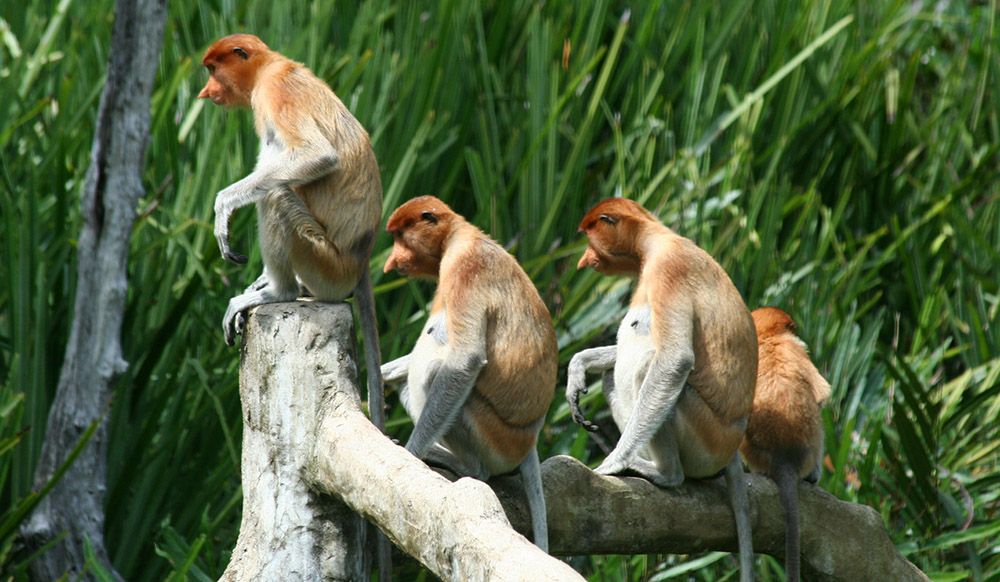
Food and drinks
Food and everything to do with food is inextricably linked to Malaysian culture. Almost every shopping centre has a food court on – usually – the top floor. Although we don’t like it that much, it is usually very busy. The food is of good quality. This also applies to the many streets where you can get various snacks freshly prepared for you.
Because of the diversity in ethnic backgrounds, the cuisine of Malaysia is also very varied. Most dishes consist of rice with fish or chicken, beef, lamb or pork (which is almost exclusively eaten by the Chinese). Malaysia was part of the spice route. Various spices are still used. In Kuala Lumpur we ate in ‘little India’ several times. Rarely have we eaten such delicious Indian curries as in the unsightly restaurants with fluorescent lighting and white wall tiles in that district.
Because Malaysian Borneo is covered with an enormous rainforest and has high mountains, travelling is difficult. For that reason, many dishes are based on ingredients that were immediately available, like coconut milk and lime juice. The resulting dishes are generally very tasty. The Nonya cuisine is also worth mentioning. This cuisine refers to Malaysian women who married Chinese businessmen centuries ago, and is therefore a combination of Chinese and Malaysian cuisine.
One of the specialties of the country is Koay Teow Th’ng, a sweet tasting noodle soup filled with pork, fish balls, chicken, red peppers and egg yolks. Other well-known dishes are Beef Rendang, Dimsum, Ikan Bakar, Nasi Goreng, Wan Tan Mee and Sateh.
Getting around in Malaysia
Although there are many means of transport in Malaysia to travel from A to B, in most cases we preferred the plane. Besides Malaysia Airlines you can often fly with Air Asia, Firefly, Malindo and Mas Wings to your destination for next to nothing. In addition, the interior of both Western and Eastern Malaysia is rather mountainous and wooded, so travelling by bus or (long distance) taxi is not optimal or even impossible. Once you are in the vicinity of what you want to visit, then the train (especially in Kuala Lumpur), a taxi or a boat will take you further. Especially taxis are very cheap. The buses are even cheaper but we – in Malaysia anyway – did not use them.
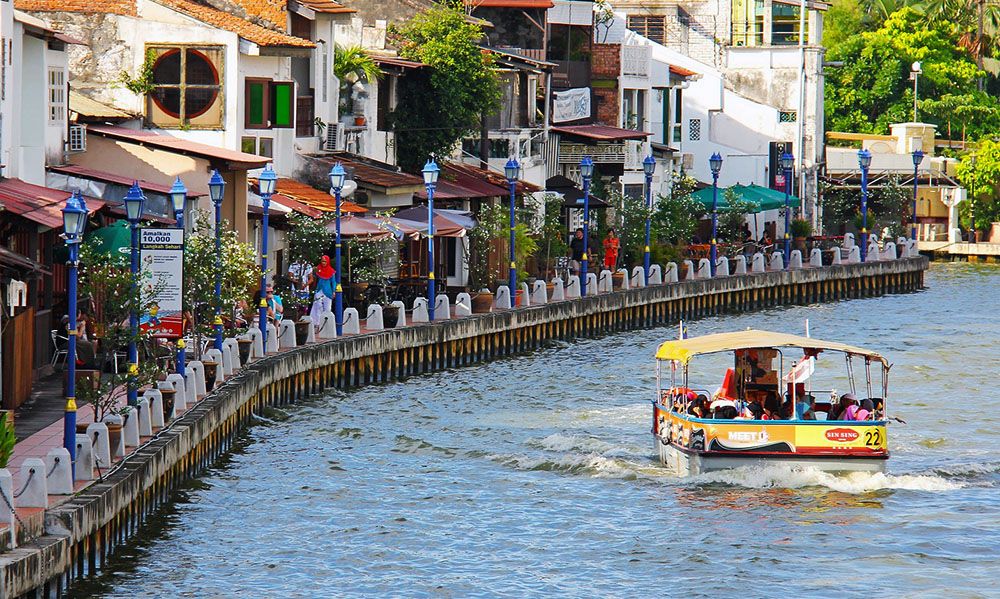
Electricity
The mains voltage in Malaysia is 240 volts/50 Hz. You don’t need a power plug adapter in Malaysia when living in the UK or in Ireland. If you visit more countries during your trip where there are other types of sockets, we advise you to purchase a power plug adapter.
Money matters
You pay with the Malaysian ringgit (MYR). The price level is (slightly) higher than in the region but still a lot cheaper if you compare it with Europe for example. In general, Malaysia offers enough places to withdraw money. Often, even in supermarkets, you have many ATMs in a row. In the rainforests but also on the smaller islands it is not always possible to pull out cash. Make sure you have enough cash at your disposal. If you have a pin you pay a few euros in transaction costs so it is wise not to take out small amounts.
Do’s and Don’ts while visiting Malaysia
Do’s |
Don’ts |
|
|
Highlights of Malaysia
Active
Diving at the Perhentian islands
The Perhentian Islands, located off the coast of Terengganu, are considered by many to be some of the most beautiful, if not the most beautiful islands in Malaysia. And with good reason. The crystal-clear, turquoise water, white sandy beaches and...
Hiking in the Taman Negara National Park
Taman Negara is, with its around 130-million-year history, the oldest tropical rainforest in the world, located a four-hour drive from Kuala Lumpur. The area of 4343 square kilometres has been a national park since 1938. In the rainforest, which is still...
Climbing Mount Kinabalu
On the UNESCO list, is the 4095-metre-high Mount Kinabalu, which is praised by nature lovers for its thousands of animal and plant species that can be found at different altitudes. It is one of the safest and easiest to manage peaks in the world,...
Diving at Sipadan – Malaysia
The tropical waters of the Coral Triangle, the area between the east of Malaysian Borneo, Indonesia, the Philippines, Papua New Guinea, Solomon Islands and East Timor, is one of the most diverse sea areas of the world. The area is also called the nursery...
Culture
Vibrant Kuala Lumpur
In our opinion, a visit to Malaysia is not complete if you haven't spent a few days in the versatile Kuala Lumpur. The city, also popularly called KL, has much more to offer than what we can put on this travel blog. But below we make a very brief...
Kuala Terengganu
The north-eastern region of Terengganu is significantly more traditional than most other regions on the Malaysian peninsula. Residents mainly live off fishing, although there are oil companies here too. The region is particularly recommended for...
Tea plantations in the Cameron Highlands
About 150 kilometres’ north of Kuala Lumpur are the Cameron Highlands. The area is 1500 metres above sea level. The temperatures are between 10° and 25° degrees Celsius. The high plains are named after William Cameron who discovered the...
Nature
Langkawi
Langkawi, located north of the Strait of Malacca between Malaysia and Thailand, is an archipelago of 99 islands. The largest island of the archipelago is Pulau Langkawi. Almost the only other inhabited island is Pulau Tuba. Langkawi has enough to offer...
Boat trip on the Kinabatang River
The Kinabatang River in the northern part of Malaysian Borneo is probably one of the best and most accessible places in Asia to see wildlife in its natural habitat. On the shores of this 560-kilometre-long river, you may see great apes, lutungs,...
Visiting the orangutans of Sepilok
One of the highlights of our visit to Malaysian Borneo was the 4300-hectare Sepilok Orang Oetan Rehabilitation Centre. This nature reserve, 23 kilometres from Sandakan, was built in the 1960s to rehabilitate displaced orangutans. After...
Borneo’s headhunters
Sarawak's largest population group on Malaysian Borneo is the Iban people, who belong to the Dajaks. They used to be hunters and collectors. The local population also called them headhunters, because this is how they took the lives of people from other...




